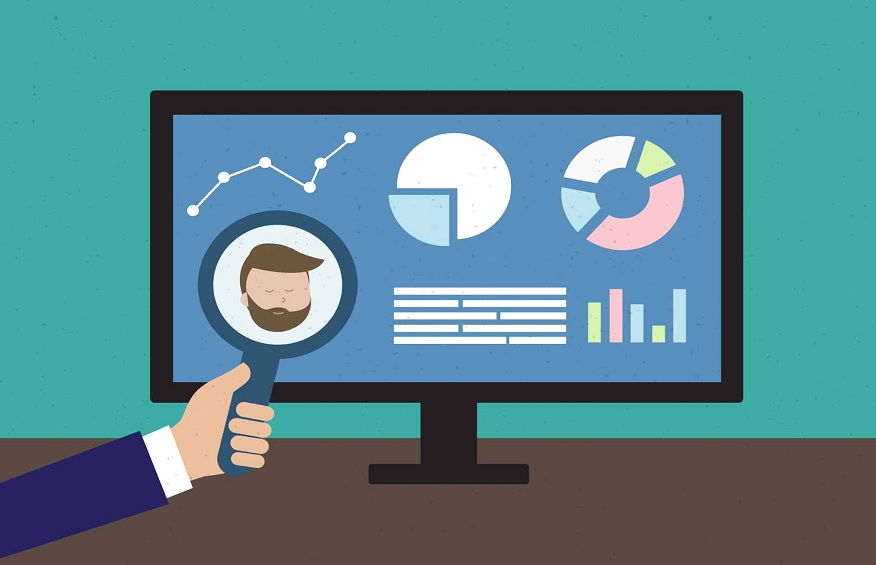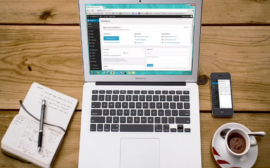As businesses increasingly rely on computer monitoring software to enhance productivity, ensure security, and streamline operations, concerns about the vulnerability of these monitoring tools to hacking have surfaced. The question arises: Can a hacker breach the defenses of computer monitoring software and compromise the integrity of sensitive data? In this article, we delve into the intricacies of this question, exploring the potential vulnerabilities and the measures in place to secure computer monitoring software.
Understanding Computer Monitoring Software Security
Computer monitoring software, designed to track and record various aspects of employees’ computer activities, is built with security in mind. The developers of reputable monitoring software prioritize robust security measures to protect sensitive data and maintain the confidentiality of the information being monitored.
Encryption and Secure Protocols:
Many computer monitoring software solutions use encryption to secure the data they collect and transmit. Encryption ensures that even if unauthorized access occurs, the intercepted data remains indecipherable. Secure communication protocols, such as HTTPS, are commonly employed to safeguard the transmission of data between the monitored devices and the software’s servers.
Access Control and Authentication:
Access control mechanisms are integral to the security of computer monitoring software. Only authorized personnel should have access to the monitoring system, and multifactor authentication adds an additional layer of protection. By implementing strong access controls, developers minimize the risk of unauthorized individuals gaining entry to the monitoring infrastructure.
Regular Software Updates:
Developers of reputable monitoring software are vigilant about addressing potential vulnerabilities by releasing regular software updates. These updates not only introduce new features and improvements but also patch any security loopholes that may have been identified. Regularly updating the software ensures that it remains resilient against evolving cybersecurity threats.
Potential Vulnerabilities and Mitigation Strategies
While computer monitoring software is designed with security in mind, no system is entirely immune to potential vulnerabilities. Understanding these vulnerabilities and the corresponding mitigation strategies is crucial for maintaining the integrity of monitoring solutions.
User Negligence:
One of the primary vulnerabilities lies in user negligence, such as weak passwords or sharing login credentials. Educating users about the importance of strong passwords and implementing policies that enforce secure authentication practices can significantly mitigate this risk.
Insider Threats:
Insider threats, where individuals within an organization misuse their access privileges, can pose a significant risk. Implementing strict access controls, monitoring user activities, and conducting regular audits can help identify and prevent insider threats.
Third-Party Integrations:
Some monitoring software may integrate with third-party applications or services. The security of these integrations is crucial. Developers must conduct thorough security assessments and ensure that third-party services adhere to robust security standards to prevent vulnerabilities introduced through external sources.
Advanced Persistent Threats (APTs):
Sophisticated attackers employing advanced persistent threats can pose a challenge to the security of any system. Implementing advanced threat detection mechanisms, conducting regular security audits, and collaborating with cybersecurity experts can help organizations stay vigilant against APTs. You can use computer monitoring software to avoid it. Know more about it from this source.
Zero-Day Vulnerabilities:
Zero-day vulnerabilities refer to previously unknown software flaws that hackers may exploit before developers have had a chance to release a patch. Regularly updating monitoring software, staying informed about emerging threats, and collaborating with cybersecurity communities can aid in identifying and mitigating zero-day vulnerabilities.
Conclusion
While no system can guarantee absolute immunity from potential vulnerabilities, the security measures implemented by reputable computer monitoring software developers are designed to withstand a wide range of cyber threats. The key to maintaining the integrity of monitoring solutions lies in a proactive approach that combines robust security features, user education, and continuous monitoring for emerging threats.




